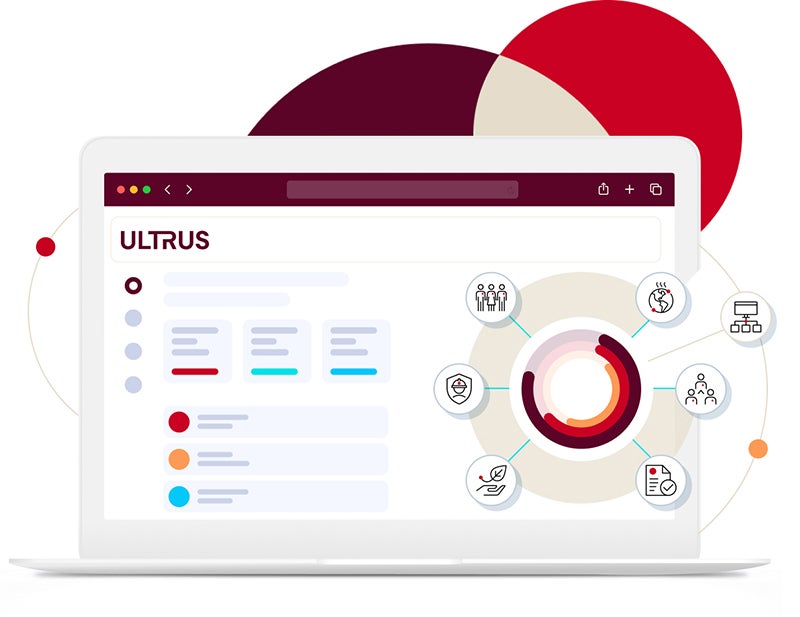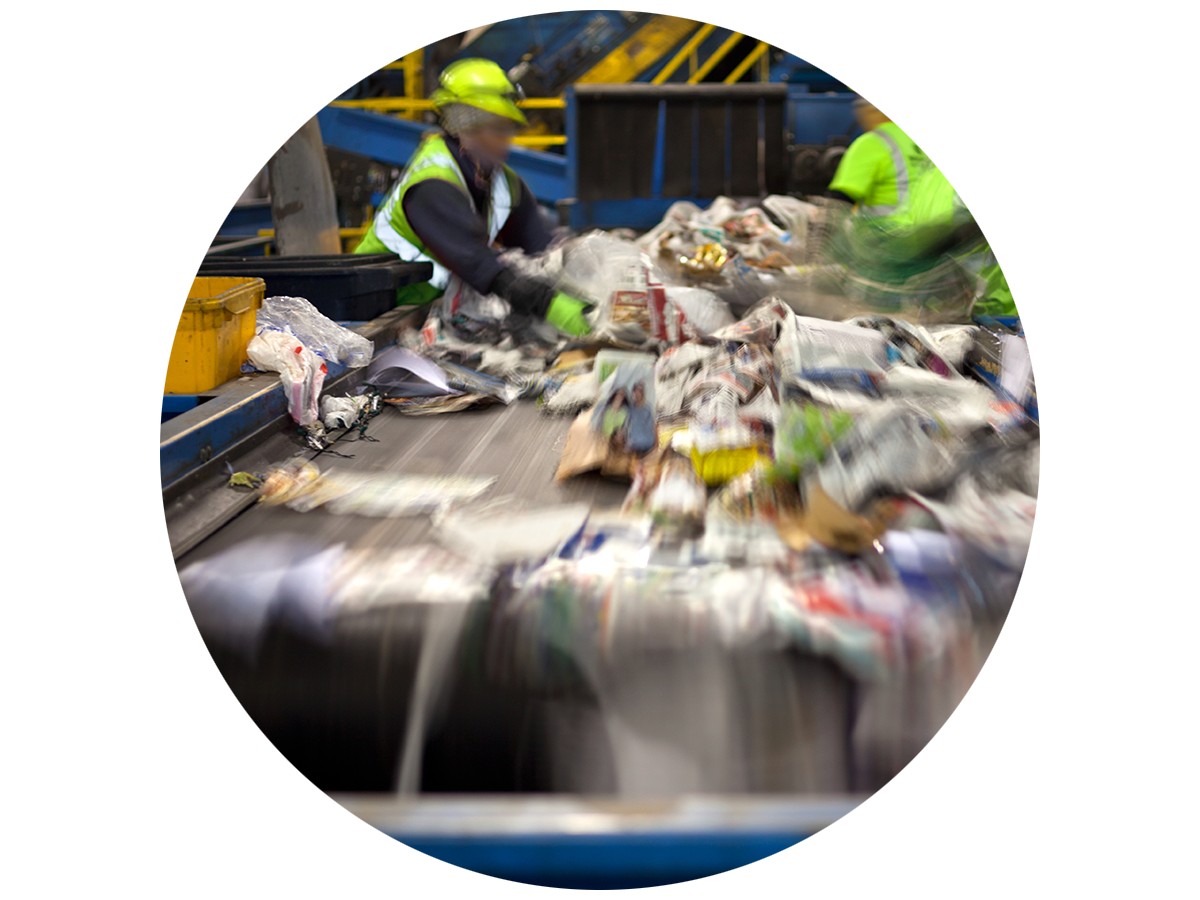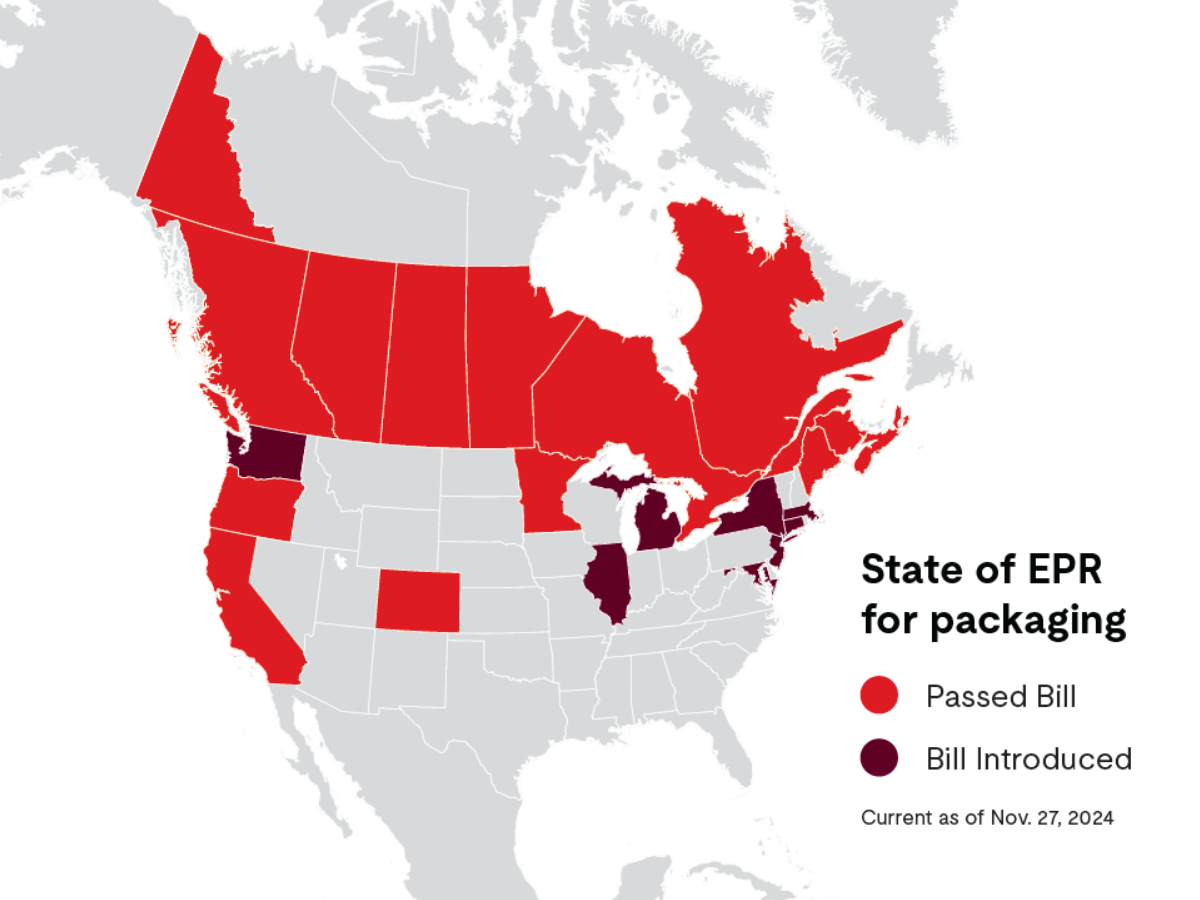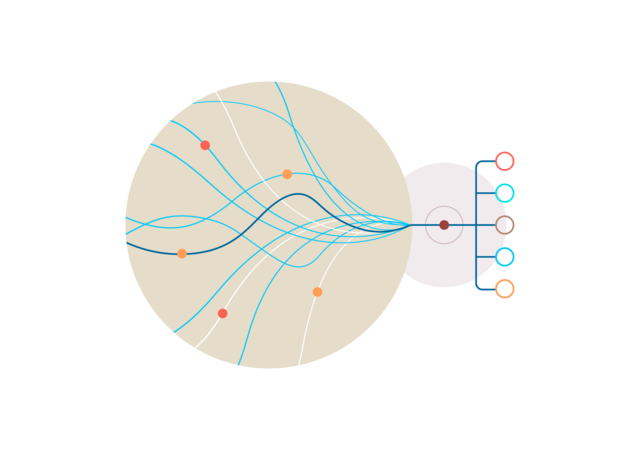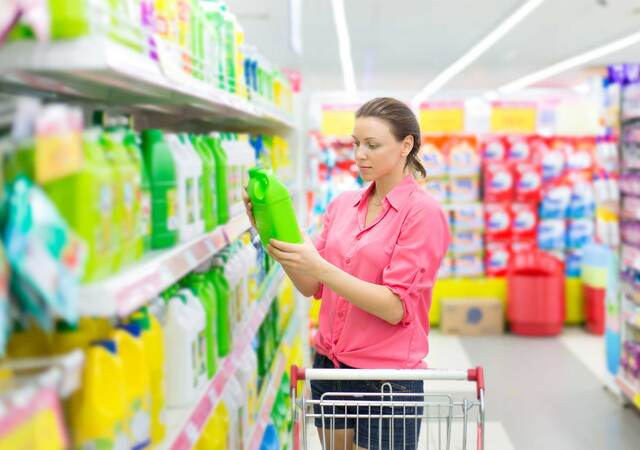How UL Solutions can help with EPR needs
The push towards mandatory EPR legislation in many U.S. states has producers concerned and wondering what is required of them. To help producers navigate the evolving regulatory landscape, UL Solutions is pleased to announce their partnership with Evnia – a well-known environmental compliance and consulting firm recognized as an EPR leader across North America. Evnia brings 20 years of experience in EPR professional management services. Learn more about the partnership between Evnia and UL Solutions.
The EPR data provided complements the product compliance and sustainability data provided by ULTRUS™ WERCSmart®, the industry-leading product compliance and sustainability software from UL Solutions.
In an effort to promote waste reduction in packaging and decrease the volume of materials entering landfills, many North American jurisdictions are shifting from voluntary to mandatory extended producer responsibility (EPR) programs. Shifting the responsibility from governments and taxpayers leads to both operational and financial responsibility for producers. Backed by legislation in several U.S. states, EPR changes involve data management, reporting and due diligence requirements.
What is extended producer responsibility (EPR)?
EPR is a policy that holds producers accountable for the entire lifecycle of their products, including packaging. EPR is intended as a mechanism to reduce waste and limit harmful substances from entering the environment. EPR programs can be mandatory, voluntary or negotiated. The current trend is toward increasing mandatory EPR legislation across multiple jurisdictions.
State of EPR for packaging in North America
EPR status in the U.S.
When it comes to EPR, there is no overarching federal law in the U.S. However, at the state level, legislation around EPR is being passed rapidly, with more states expected to set requirements in the near future. Each enacted state law is unique and contains its own nuances, but they are all based on the common sustainability goal of reducing packaging waste and increasing recycling, which is supported by producer funds (i.e., shifting the financial responsibility of packaging waste from governments to the producers).
EPR legislation in Canada
Like in the U.S., there is no overarching federal EPR law in Canada. However, the majority of Canadian provinces and territories have provincial EPR programs in place (i.e., 9 out of 13). Some of the provincial programs are well-established, having been in place for over 10 years. What has recently changed in many Canadian provinces is a shift from a cost-sharing model between producers and municipalities to full EPR where producers assume 100% of the cost. Previously, producers were responsible for a portion of the net costs of the Blue Box Program, with municipalities covering the rest. The cost-sharing model aimed to distribute the financial burden of recycling between the producers of packaging and the municipalities that managed the collection and processing of these materials.
U.S. states with passed EPR legislation*
- California
- Colorado
- Maine
- Minnesota
- Oregon
U.S. states with introduced EPR legislation*
- Illinois
- Maryland
- Michigan
- New York
- New Jersey
- Washington
- Massachusetts
- Connecticut
Canadian provinces and territories with EPR legislation*
- British Columbia
- Alberta
- Saskatchewan
- Manitoba
- Quebec
- Ontario
- Nova Scotia
- New Brunswick
- Yukon
*Current as of Nov. 27, 2024
Who is impacted?
Under EPR requirements, producers are divided into six main categories, including manufacturers, brand owners, brand licensees, importers, distributors and retailers. Within the various laws and regulations there is a hierarchy of producer responsibility and obligations, which aims to assign responsibility for a product to only one producer in the supply chain. Because of the complexities around identifying the producer hierarchy, companies may be challenged to determine if they are in compliance with applicable EPR legislation.
Given the broadening expanse of legislation in the U.S. and Canada, obligated producers should consider starting to collect EPR data to prepare for impending reporting deadlines. For example, producers with obligations in Oregon must submit their first reports by March 31, 2025. It takes time to prepare and submit these reports as several obligations must be fulfilled in advance of the approaching deadline.
To keep pace with ever-expanding legislation and get ahead of the impending regulatory requirements, product manufacturers need to establish a full-service EPR process and should seek professional guidance. A full-service process includes engaging industry experts and implementing appropriate software to manage the volumes of data required for reporting.
Have questions?
Let UL Solutions' industry experts help with your EPR needs.
